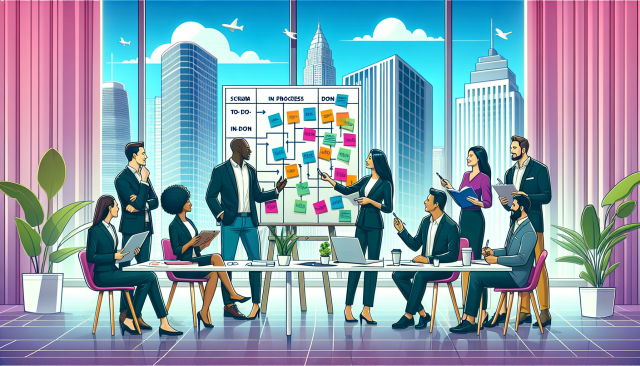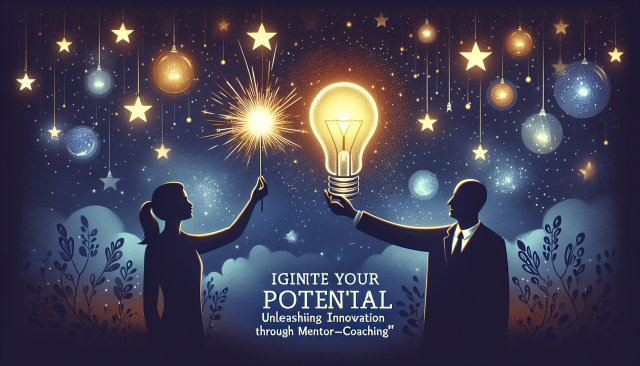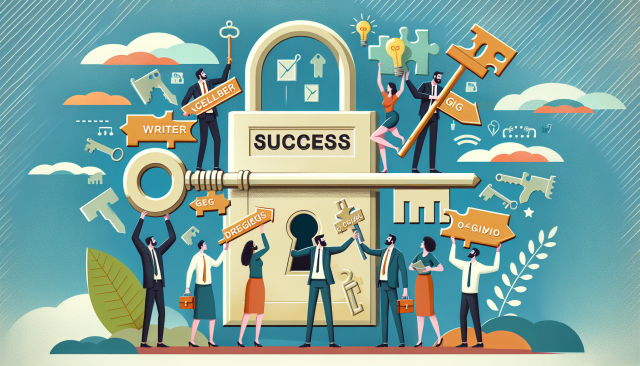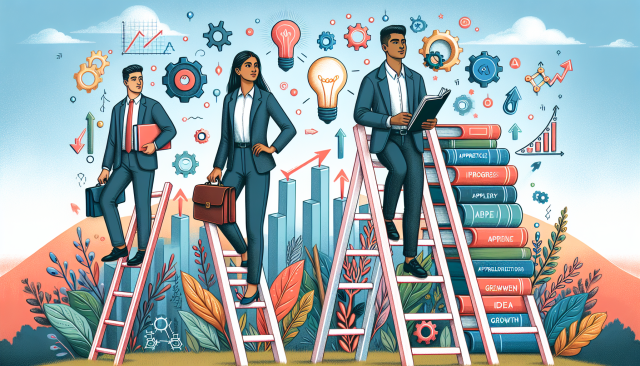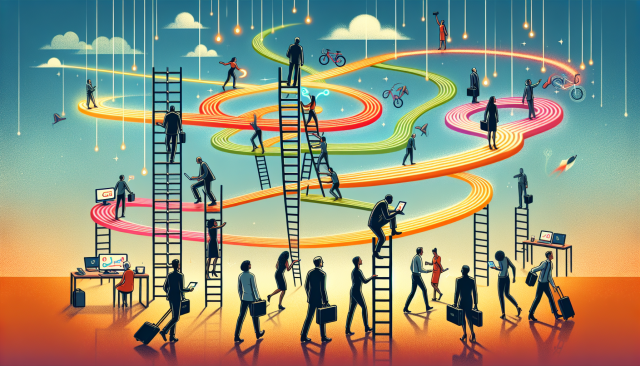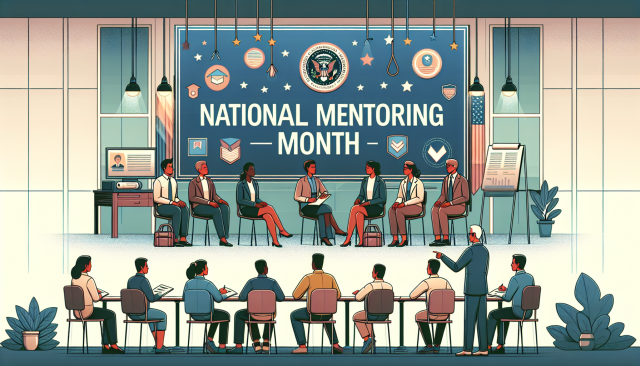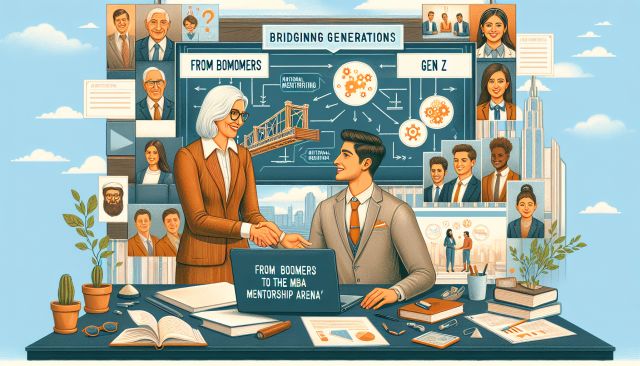Revolutionizing Career Development: Agile Methodologies in HR
Revolutionizing Career Development: Embracing Agile Methodologies in HR
In an era where change is the only constant, the field of HR and career development must remain flexible, adaptive, and innovative. There is no more suitable approach to embrace than Agile methodologies. Originally rooted in software development, Agile has crossed boundaries to inform practices in various industries, and for HR professionals, it holds the key to transforming career development into a dynamic, responsive, and employee-focused experience.
The term ‘Agile’ might evoke images of sprints, stand-ups, and iterations, but applied within an HR context, it translates to a refreshing vision of career development: a process where employee paths are continuously adapted to align with personal aspirations and organizational needs. This methodology places a premium on feedback, collaboration, and iterative progress, essentially empowering employees to become the architects of their own careers while aligning with business goals.
Agile Mindset: The Catalyst for HR Evolution
Adopting an Agile mindset reshapes the way HR professionals approach career development. It champions adaptability over rigid planning and emphasizes meaningful engagement over one-size-fits-all solutions. In practice, this means creating a career development framework that is flexible and future-proof, capable of adjusting to the ever-shifting landscape of business needs and workforce aspirations.
At the heart of this transformation lies a commitment to continuous learning and development. Agile encourages HR professionals to foster an environment where employees are regularly acquiring new skills, pivoting their roles as they evolve, and finding new paths within the organization instead of seeking opportunities externally. By doing so, HR not only retains top talent but also creates a rich, evolving knowledge ecosystem within the company.
Crafting Personalized Career Journeys
Agile methodologies reject the traditional linear career path in favor of a personalized journey tailored to individual strengths, passions, and aspirations. This approach involves regular check-ins and feedback loops, akin to Agile’s sprint reviews, which ensure alignment between the employee’s career goals and the organization’s needs.
By implementing Agile practices such as frequent one-on-ones, HR professionals can gather valuable insights into an employee’s progress and ambitions. This collaborative approach allows for real-time adjustments to development plans, keeping employees engaged and motivated on their career journey. It transforms the static annual review into an ongoing dialogue, fostering a culture of openness and trust.
The Power of Cross-Functional Teams
Another hallmark of Agile is the use of cross-functional teams, which can be directly applied to foster career development. Encouraging employees to engage with different departments and explore diverse roles within the organization not only enhances their skill set but also nurtures a more collaborative and innovative workplace culture.
This exposure to various functions and perspectives can spark creativity and problem-solving, equipping employees with a versatile toolkit. The ripple effect is a workforce prepared to tackle challenges from multiple angles, driving the company toward its strategic goals.
Fostering a Culture of Psychological Safety
Agile thrives in environments where team members feel safe to express ideas, take risks, and fail without fear of blame. HR can lead the charge in cultivating this culture of psychological safety, where employees are encouraged to experiment and iterate on their career plans. This environment not only enhances innovation but also increases employee satisfaction and retention.
In conclusion, the Agile approach to career development is an exciting paradigm shift for HR professionals. It fosters a culture where employees are proactive participants in their career journey, supported by a responsive framework that evolves with their needs and aspirations. By implementing Agile methodologies, HR can address the pressing need for adaptability in today’s ever-changing job market, positioning the organization and its employees for sustained success.
















